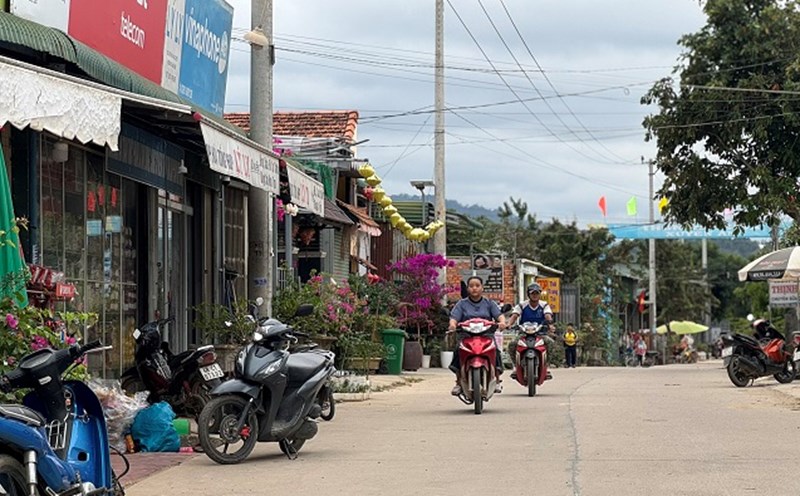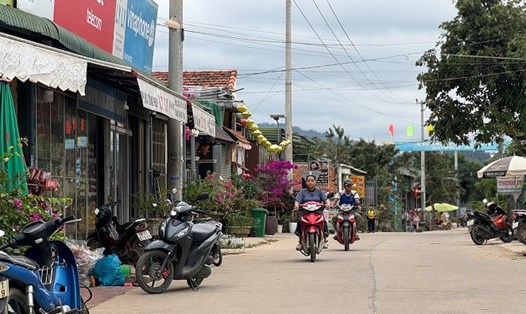Overcoming difficulties
14 years ago, Dak Nong province embarked on the National Target Program on New Rural Development with a low starting point. The whole province has 60/71 communes, wards and towns in 8 districts and Gia Nghia city participating in the new rural development.
However, at that time, the starting point of the communes was very low. Most communes did not have a general, overall development plan...
Essential infrastructure is still weak, production development is fragmented and spontaneous, and there is no close connection between farmers and businesses.
The poverty rate is still high (29.25%), the average income per capita is only about 15 million VND/year.
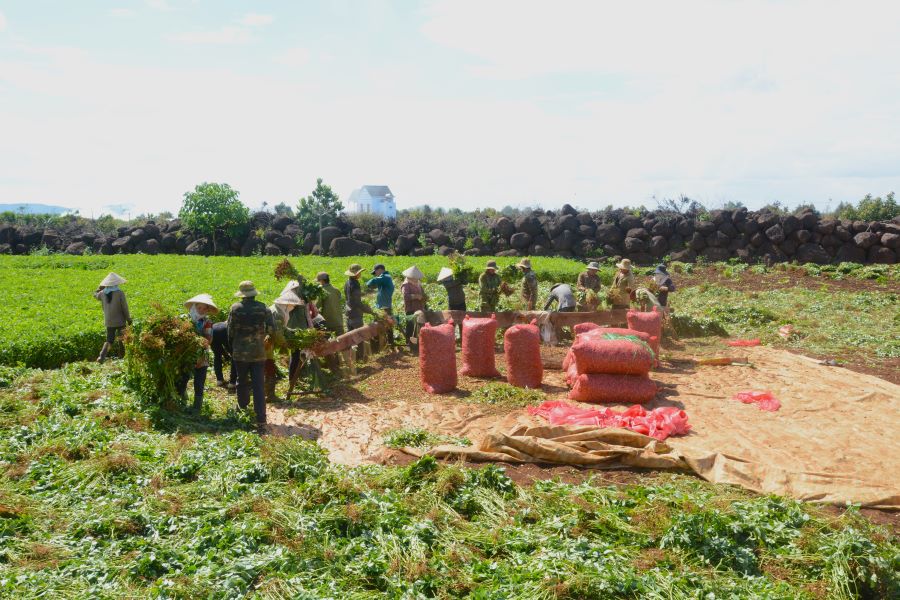
In 2010, according to the new rural criteria set for the whole province, on average each commune only achieved 3.1 criteria/commune. Of which, the commune with the highest achievement only achieved 9 criteria, 15 communes achieved 5-10 criteria, and 46 communes achieved less than 5 criteria (accounting for 75.4%).
After more than 10 years of implementation, with the participation of the entire political system and the consensus of the people, by the end of 2020, the New Rural Development Program had achieved very positive results.
The whole province has 29/60 communes recognized as meeting new rural standards. The most exciting thing is that Gia Nghia city has 100% of its communes recognized as meeting the standards and has been recognized by the Prime Minister for completing the task in 2020.
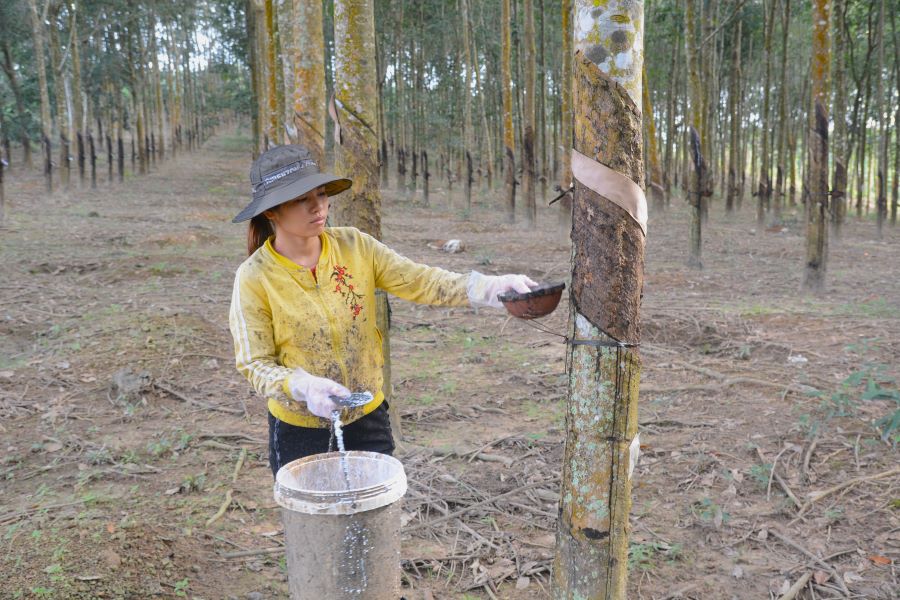
However, building new rural areas is a journey without stopping. During the implementation process, especially in the period of 2021-2025, Dak Nong still faces many difficulties and challenges such as:
Rural infrastructure is still low; people's lives are still very difficult; the multidimensional poverty rate in the province is high; the economy mainly relies on agriculture but is greatly affected by natural disasters and epidemics.
The results of new rural construction in districts and communes are uneven. Many communes have achieved the minimum level of new rural development, close to the regulations, and are prone to fluctuations...
Strive to have at least 2 districts achieve new rural status
Identifying the difficulties and challenges in new rural construction in the 2021-2025 period, recently, Party committees at all levels, authorities and socio-political organizations in the province have taken drastic and active actions.
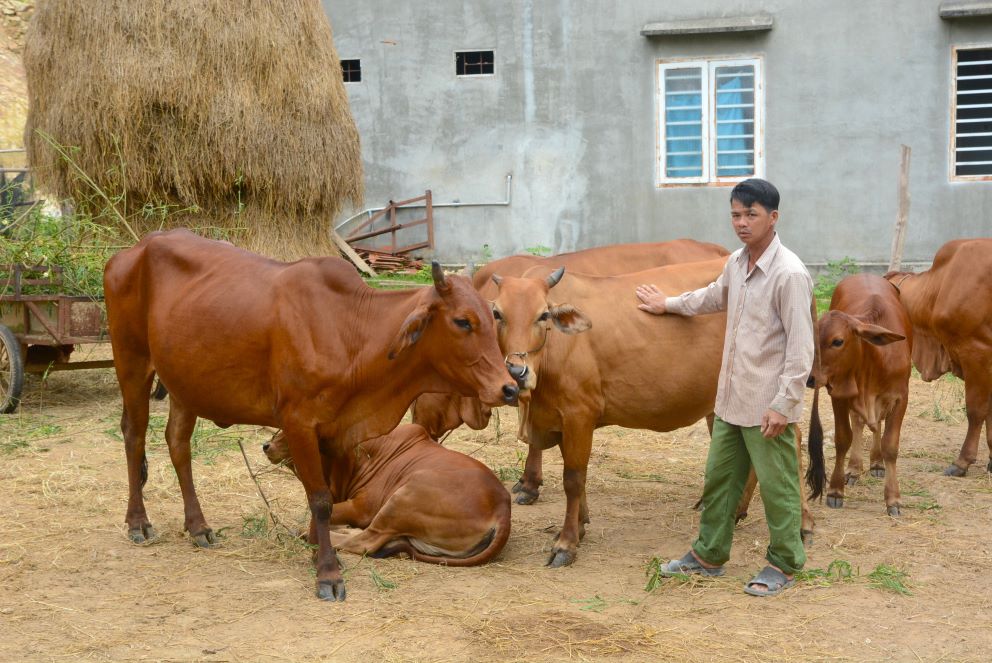
The encouraging thing is that people enthusiastically and proactively participate in contributing money, working days, land, crops... Thereby contributing to making the face of the countryside increasingly prosperous and innovative.
Infrastructure is invested in upgrading and repairing, the quality of education, health care and cultural development is increasingly improved. Rural security and order are always maintained, income and living conditions of people are improved and enhanced.
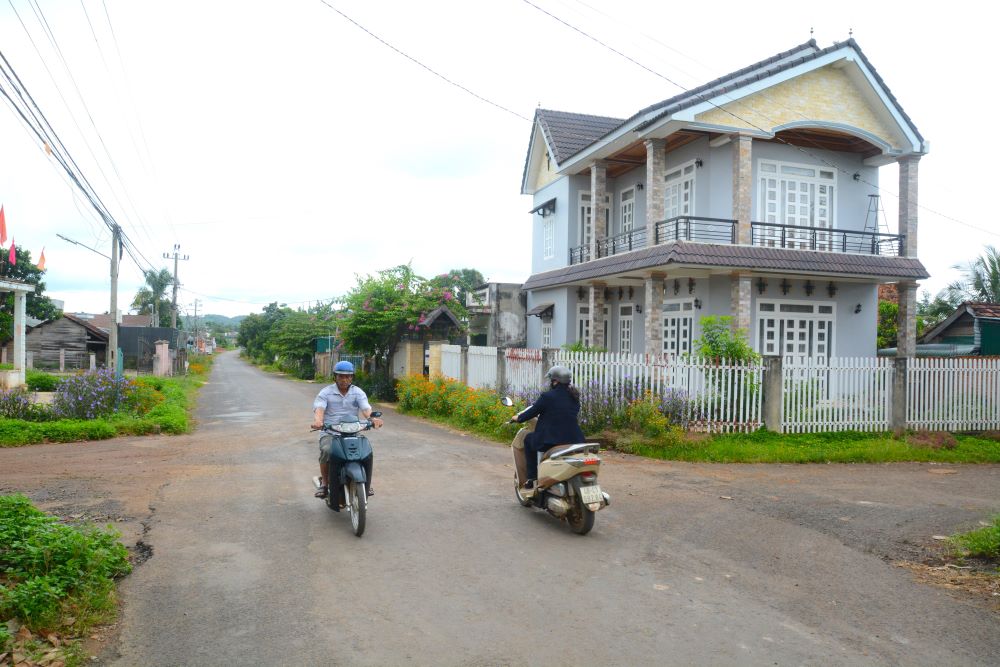
Dak Nong provincial leaders assessed that the effective implementation of the New Rural Development Program in recent times has had a great impact, contributing to the successful implementation of the province's annual socio-economic development goals and the 2021-2025 period.
From there, accelerate the speed of socio-economic development, reduce poverty, improve the material and spiritual life of the people, contributing to making Dak Nong a fairly developed province in the Central Highlands region.
The results achieved according to the new rural criteria for the 2021-2025 period are increasing. Up to now, the whole province has had one district-level unit recognized by the Prime Minister for completing the task of building new rural areas, with 40/60 communes meeting new rural standards. Of which, 5 communes have met advanced new rural standards and there are no more communes with less than 10 criteria.
Dak Nong province aims to have at least 43 communes meeting new rural standards by 2025. Of these, at least 12 communes will meet advanced new rural standards, at least 3 communes will meet model new rural standards; no more communes will meet less than 15 criteria; and at least 2 more districts will meet new rural standards...


